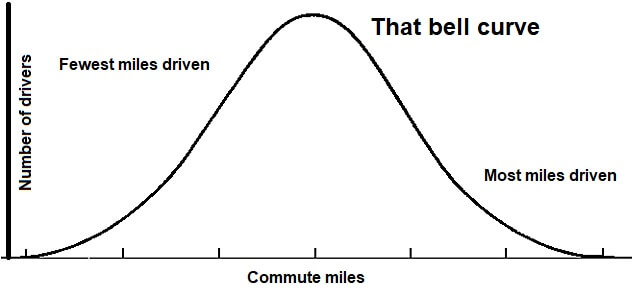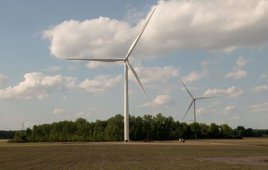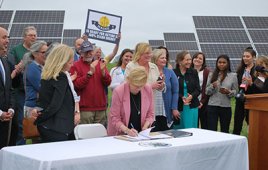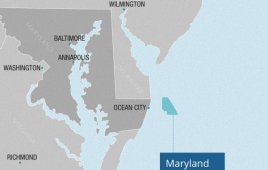A recent tweet pooh-poohed the transition from fossil fueled cars to EVs because the author claimed, even a million of them would only displace 20,000 barrels of imported oil. That figure did not pass the smell test. Let’s look closer.
Google says a barrel of imported Brent Crude costs about $66, at this writing, and a refinery can produce 20 gallons of gasoline from it. The rest of the barrel produces other hydrocarbon products. Here we are only concerned with cars and gasoline.

The bell curve is one way to look at a population, in this case, of drivers. Our discussion focuses on the right side of the curve, where drivers drive the most.
What’s more, let’s run this experiment in California where many people frequently commute long distances. Although reports say an average car gets 23.6 mpg and the average commute is about 28.9 minutes, let’s work on the right side of the bell curve, where commuters consume at least two gallons each day, not an unreal assumption. If a million of those drivers were to switch to EVs (California has 30 million registered vehicles) they would not burn:
Fsaved = 1,000,000 cars x 2 gal/car/day
Fsaved = 2,000,000 gallons/day
To produce those 2 million gallons of gasoline requires importing and refining:
Importbarrels = 2,000,000 gal / 20 gal/barrel
Importbarrels = 100,000 barrels of crude oil
So, our twitter cynic is wrong by a factor of five for long-distance commuters. But let’s not stop here. How many dollars will a million EVs keep from being exported? Online sources say the U.S. imports only 25% of its crude oil, about 10.1 million barrels/day. Quite reasonably, that would be the first to go if demand drops.
Consider:
Cday = 100,000 barrels x $66/barrel
= $6,600,000/day
or
Cyear = $6,600,000/day x 365 day/year
= $2,409,000,000/year
So, ahem, $2.4 billion each year not spent on imported oil (sent out of the country) becomes a significant addition to the U.S. economy, and that figure is for every million EVs. Google says there are about 263 million cars in the U.S. so the upside to the transition is enormous. As they say, do the math.
The answer is clear as day: The future is electric and it’s powered by wind.
— Paul Dvorak
Filed Under: Uncategorized





